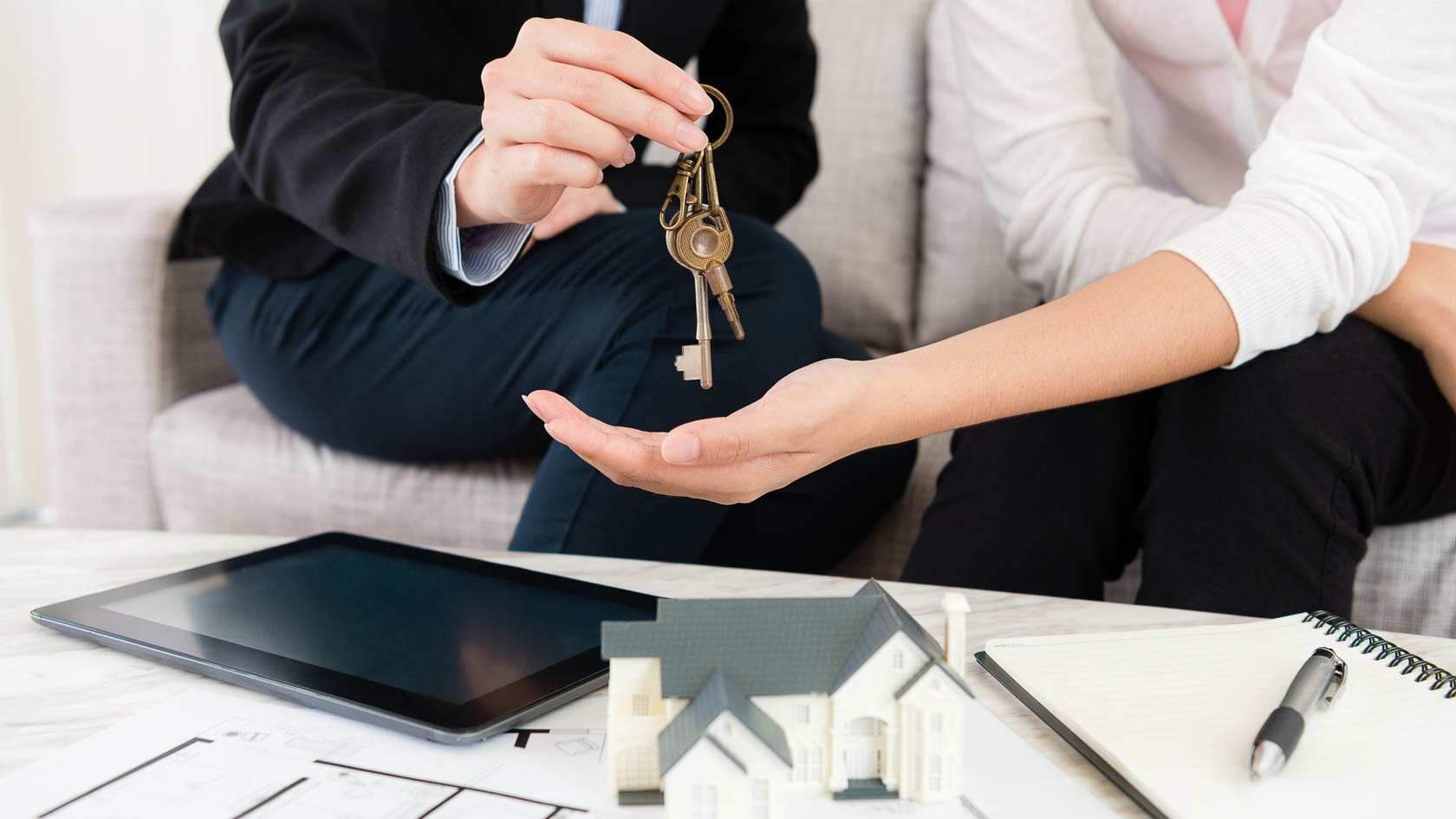
How to Buy a House Without Savings: All the Options
Buying a home is one of the most common dreams, but the lack of sufficient savings can seem like an insurmountable obstacle. Fortunately, there are multiple alternatives to help you achieve this goal without needing a large initial deposit.
From more flexible mortgages to options like rent-to-own agreements, various solutions cater to different financial situations and needs. In this article, we explore all the available options to help you become a homeowner, even if you don’t have a substantial financial cushion. Discover which one is the best for you!
How to Buy a Home Without Savings: Alternatives to Make Your Dream a Reality
In recent years, purchasing a home in Spain has become increasingly challenging. With banks typically financing only 80% of the appraised value or purchase price, buyers must save enough to cover the remaining 20% plus additional costs such as taxes and fees. This situation often requires buyers to have savings amounting to 30% of the total property price. For example, for a house priced at €500,000, the required savings would be approximately €150,000.
Given that the average salary in Spain is around €25,000 per year, accumulating such an amount can take years. Despite this, real estate transactions are at historic highs. How is this possible? There are creative and flexible alternatives for acquiring a home without significant upfront savings.
Here are the main options available:
Purchasing Off-Plan Properties
Buying off-plan means purchasing a property before its construction or completion. This method allows buyers to make partial payments throughout the construction process, helping them meet the 20% not covered by banks and save for associated costs like the 10% VAT on new properties.
For example, when buying a new property for €500,000, you’ll need €50,000 for VAT and €100,000 for the non-financed portion. This approach lets you plan and save gradually while the house is being built. Experts recommend securing a mortgage two to three months before the handover of keys for greater peace of mind.
Rent-to-Own Agreements
Rent-to-own is an increasingly popular option. It involves renting a property for a specified period with the option to purchase it at the end of the lease. The rental payments can often be deducted from the pre-agreed sale price with the owner.
For instance, if you rent a home for €1,500 per month for three years (36 months), you’ll have paid €54,000, which can be deducted from the final sale price. This option provides benefits for both parties:
For tenants: It allows you to experience the property and the neighborhood before committing to a purchase, while also offering flexibility if circumstances change.
For property owners: They receive a steady income while seeking a buyer, increasing the likelihood of selling in slower markets.
Mortgages Exceeding 80% Financing
While most banks offer up to 80% financing, some institutions are willing to finance 90% or even 95% of the property valuation for specific profiles, such as young buyers with stable incomes but limited savings.
Banks like Santander and Ibercaja offer such mortgages. However, 100% financing mortgages are rare and often come with higher interest rates and additional product requirements, such as payment protection insurance. While helpful, this option can increase the risk of over-indebtedness.
Family Loans or Gifts
Another common option is receiving financial help from family or friends, either as a gift or a loan. Cash gifts for property purchases are at record levels in Spain, according to notaries.
If family savings are insufficient, they can take out a personal loan to cover the shortfall. For example, a parent could borrow €30,000 to cover initial costs for their child, who would then repay the loan. While viable, this option carries increased debt and associated risks.
Deferred Property Transfer Tax (ITP)
For purchasing second-hand homes, the ITP ranges from 4% to 10%, depending on the region. In areas like Madrid, buyers may defer this tax if they meet specific requirements, such as using the property as their primary residence and if it’s under 120m² of usable space. This deferral can ease the buyer’s initial financial burden.
Buying Bank-Owned Properties
Another strategy is purchasing properties owned by banks. Since the 2008 financial crisis, banks have accumulated significant real estate inventories, often sold below market value.
For example, bank-owned homes can be found on platforms like Idealista for as low as €80,000. Banks also offer favorable mortgage terms to offload these properties, often financing more than 80% of the purchase price.
Additional Collateral or Guarantors
To secure financing without savings, buyers can provide additional collateral, such as another property. If you own a mortgage-free property or one with minimal debt, banks might agree to mortgage both properties, allowing higher financing.
Alternatively, having a guarantor, typically a close relative, can be an option. The guarantor agrees to cover the debt if the buyer defaults. However, this poses financial risks for the guarantor, especially if they are nearing retirement or dependent on a fixed income.
Taking Out a Personal Loan
Taking out a personal loan alongside a mortgage can help cover non-financed costs. For instance, you could secure a mortgage for 80% of a €500,000 property (€400,000) and take out a personal loan for €50,000 to cover initial expenses.
A detailed financial analysis is essential to ensure you can afford both debts, as excessive borrowing might result in the bank rejecting your mortgage application.
Conclusion: Buying a Home Without Savings
Buying a home without savings requires creativity, planning, and careful financial analysis. Options range from rent-to-own agreements and flexible mortgages to family assistance or purchasing bank-owned properties.
The key is to assess each option based on your financial situation and needs. With proper guidance and a tailored strategy, owning a home is achievable, even without substantial savings.











